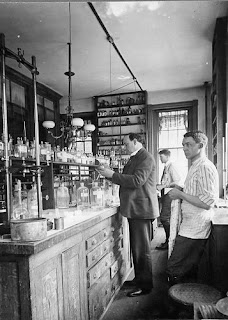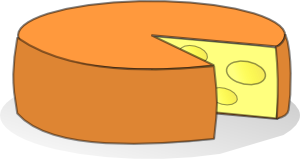Wow. Wow. Wow. Thanks Andrew! I popped into Andrew's Cheese Shop this afternoon after an afternoon on the road with the Darling Husband. I'd wanted to pick up a little something stinky. A little runny. A bit unusual. Something worthy of a Wednesday night. As usual, my cheese dreams turned to reality in front of the glass case, and the sun shone down on my incredibly filthy car on our way home with our new cheese babies.
OK - maybe I'm being a little over dramatic. Maybe not.
This evening, we're exploring the soft little diamond on the right (you'll have to wait till tomorrow to find out about contestant #2). The Robiola a Tre Latti. That's right - three milks. This little morsel was so melty that I couldn't really pick it up to give it a good sniff. It just melted onto my fingers! The "nose" of this cheese is definitely a little goaty, and it is very white - another characteristic of goat's cheese. It smelled of wildflowers and green pastures, but in a rich, creamy way. This is because of the three milks - goat, sheep and cow. The goat we've discussed. The sheep we'll get to, and the cow brings the richness. Did I mention that the cheese was just melting on the plate?
So, Robilola is an Italian style soft, fresh cheese perfect for spreading on breakfast toast or on baguette with a great glass of Syrah. With the tre latti, the richness, tangy-ness and complexity (that's the sheep's contribution) of the three together just makes it pop even more. It is so creamy that I felt like it was almost a "lite" triple cream! There is no rind to worry about, and I couldn't help but blurt out "splurk!" as it just gave in to gravity and smeared on the bread.
Search it out. Find a Robiola. Grab a baguette. Forget the vegetables and make this the main course!
Sweet cheese dreams all.



